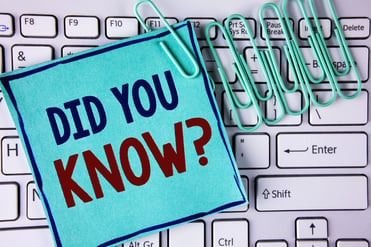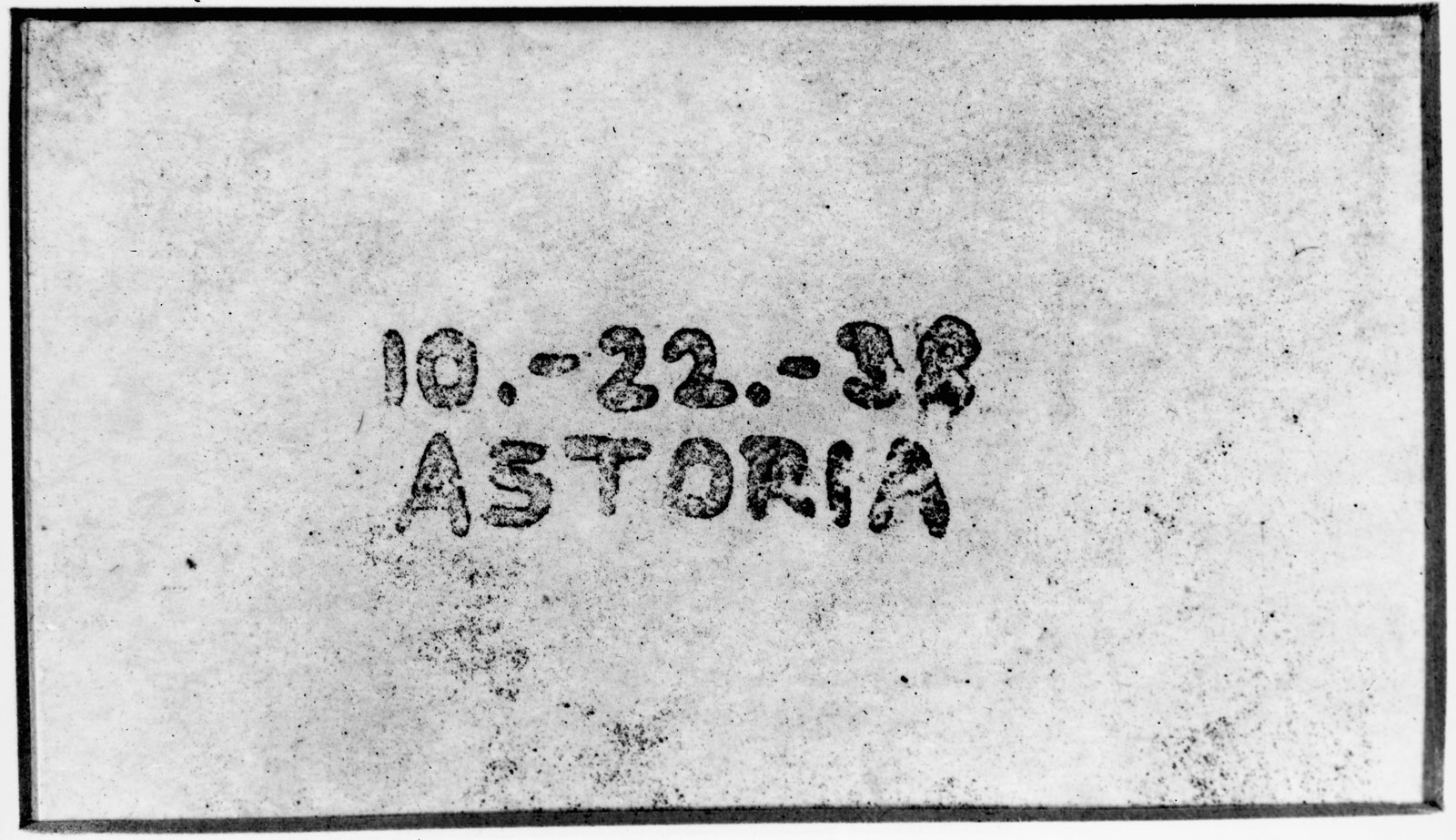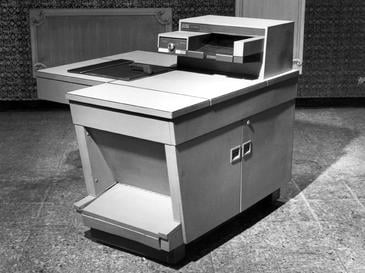 Things You Didn’t Know About Chester Carlson and Xerox (But Should)
Things You Didn’t Know About Chester Carlson and Xerox (But Should)
Are you the kind of person that thinks a tissue is a Kleenex, and a copy is a Xerox? Or the other way around? Any clue as to who Chester Carlton is? You should—you’re likely using his invention every day.
In the office equipment world, the name Xerox and the task of making a copy have long been synonymous; and with good reason. As the inventor of the plain paper copier in the 60s, Xerox was, and still remains, a pioneer of office technology.
We’ve put together a two part series about Xerox — some cool stuff about how they got their start, and some of the main reasons why they are still the brand of choice for the most discerning print users.
How Xerox Became Xerox
Originally founded in 1906 as the Haloid Company, the company first started as a manufacturer and distributor of photographic paper. In 1947 the firm obtained the commercial rights to xerography, an imaging process invented by Chester Carlson.
Here’s a look at the world’s first xerographic image, made by Chester Carlson, 1938:

(photo courtesy of Xerox Corporation)
While people were already duplicating documents with the mimeograph and photostat, Carlson, while working his way through law school, continued to experiment with developing a dry process with his assistant, Otto Kornei, an out-of-work Austrian physicist. After much trial and error, they were eventually successful. Later, electrophotography would be renamed xerography, a term formed by combining the Greek words xeros ("dry") and graphein (“writing").
“What Bell is to the telephone—or, more aptly, what Eastman is to photography—Haloid could be to xerography.”
— Chester Carlson, letter to Joseph Wilson, 1953
In 1958, the company was renamed the Haloid Xerox Company, making a statement that xerography was now their main line of business. One year later, Haloid Xerox launched the first seven page per minute 914 xerographic copier seen here:
 (photo courtesy of Xerox Corporation)
(photo courtesy of Xerox Corporation)
Similar to the way many multifunctional devices are named today with some relationship to their print capabilities, the Xerox 914 got its name because of its ability to copy originals up to 9 inches by 14 inches.
A Hot Commercial Product (Literally)
Weighing in at 650 pounds, the 914 was a beast. The unit was even known to occasionally catch fire if used for long periods of time, and eventually came equipped with its very own “scorch eliminator”, or in other words, a fire extinguisher.
The 914 marked the first time that the process of making photographic copies onto plain, uncoated paper, had been done in commercial applications. For Carlson, the success of the Xerox 914 was the culmination of his life's work: a device that could quickly and cheaply make an exact copy of an existing document.
The 914 brought so much success and name recognition that the company has waged a continuing campaign to prevent the trademark Xerox from becoming a generic term, and officially changed its name to Xerox Corporation in 1961.
Today, Xerox is headquartered in Conway, CT, and has grown to become a $10 billion Fortune 500, global company.
In addition to solutions in virtually every product segment, a special niche for Xerox has been high-end applications such as print-for-pay shops and in-house central reproduction departments (CRDs). In fact, some CRD operators have so much brand loyalty, they refuse to use anything else in their shops!
Here’s a sneak peek at some of the reasons why (which we will cover in our next post):
-
Professional grade equipment design
-
Advanced in-line finishing capabilities
-
Variable data print
-
Mobile and Web-based document processes
-
Time saving Smart Kits and Customer Replaceable Units (CRUs)
-
Customer guarantees
-
Advanced security and Common Criteria Certification practices
-
Original equipment manufactured (OEM) parts and supplies
There’s no doubt Xerox is a powerhouse. Contact our production print team today to see for yourself. And don’t worry, scorch eliminators are no longer needed.


